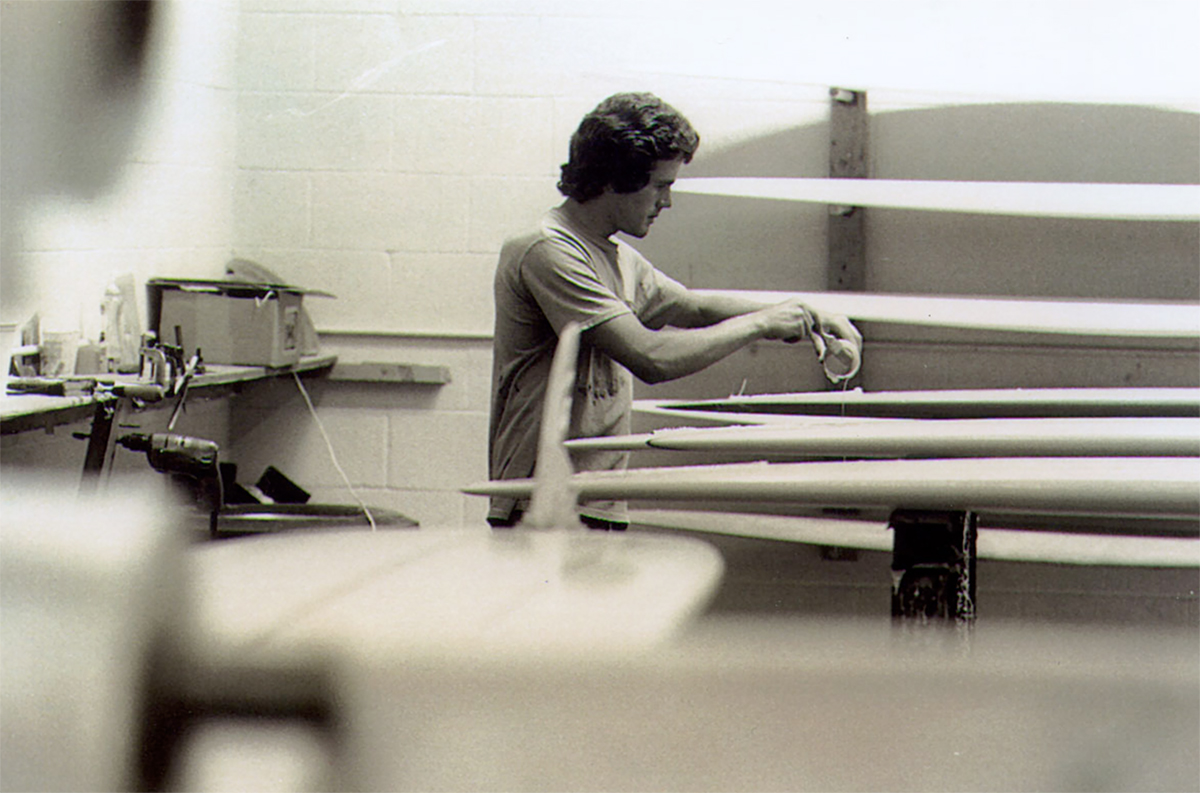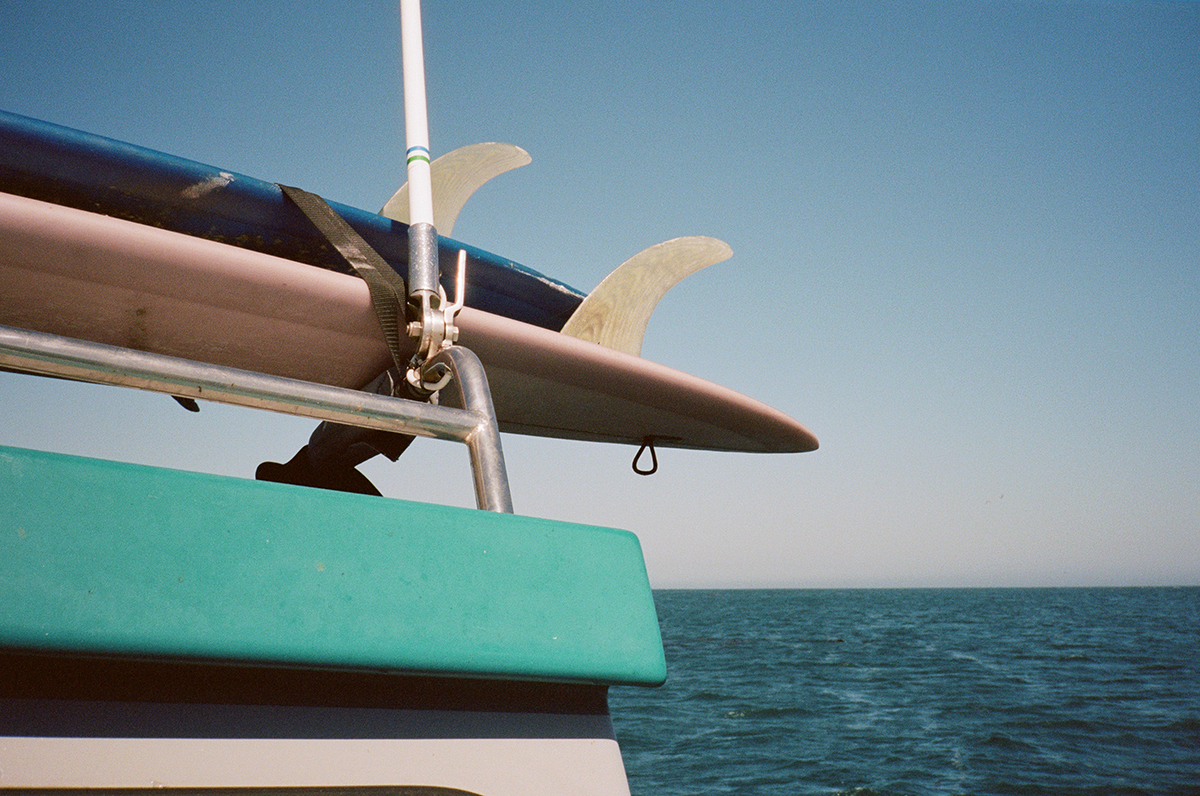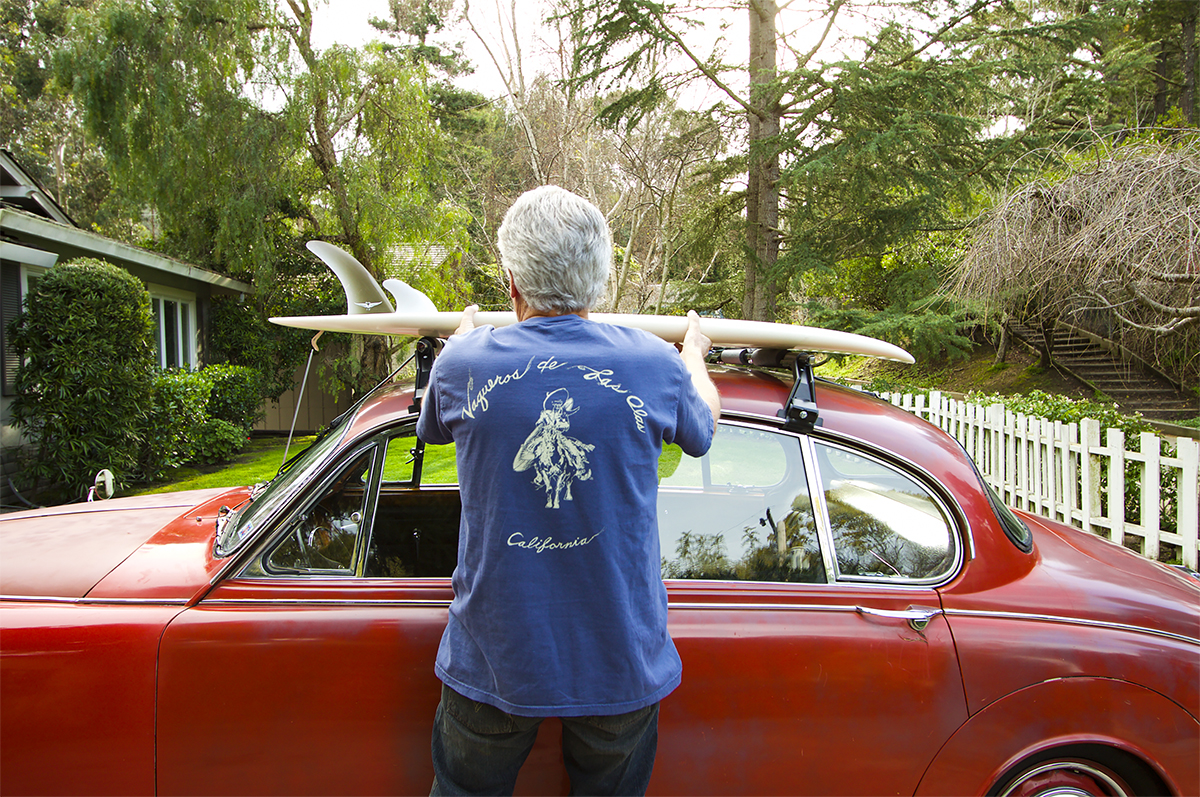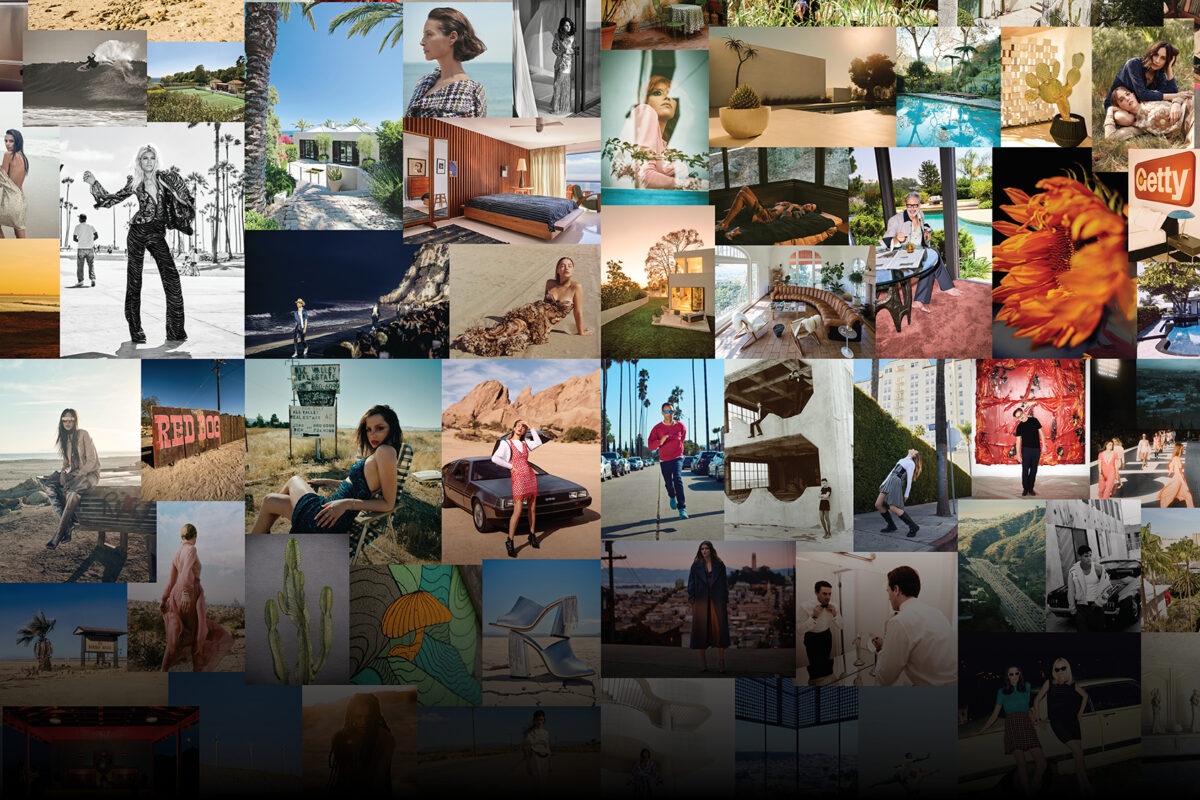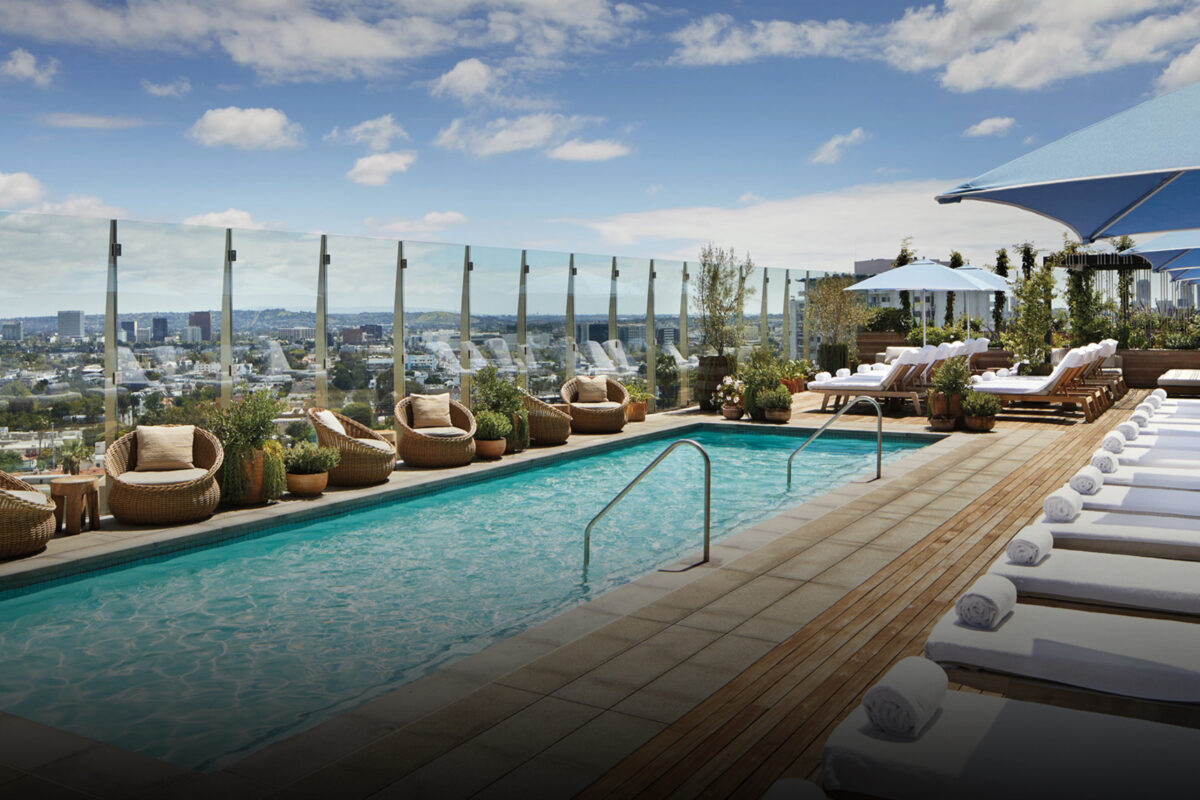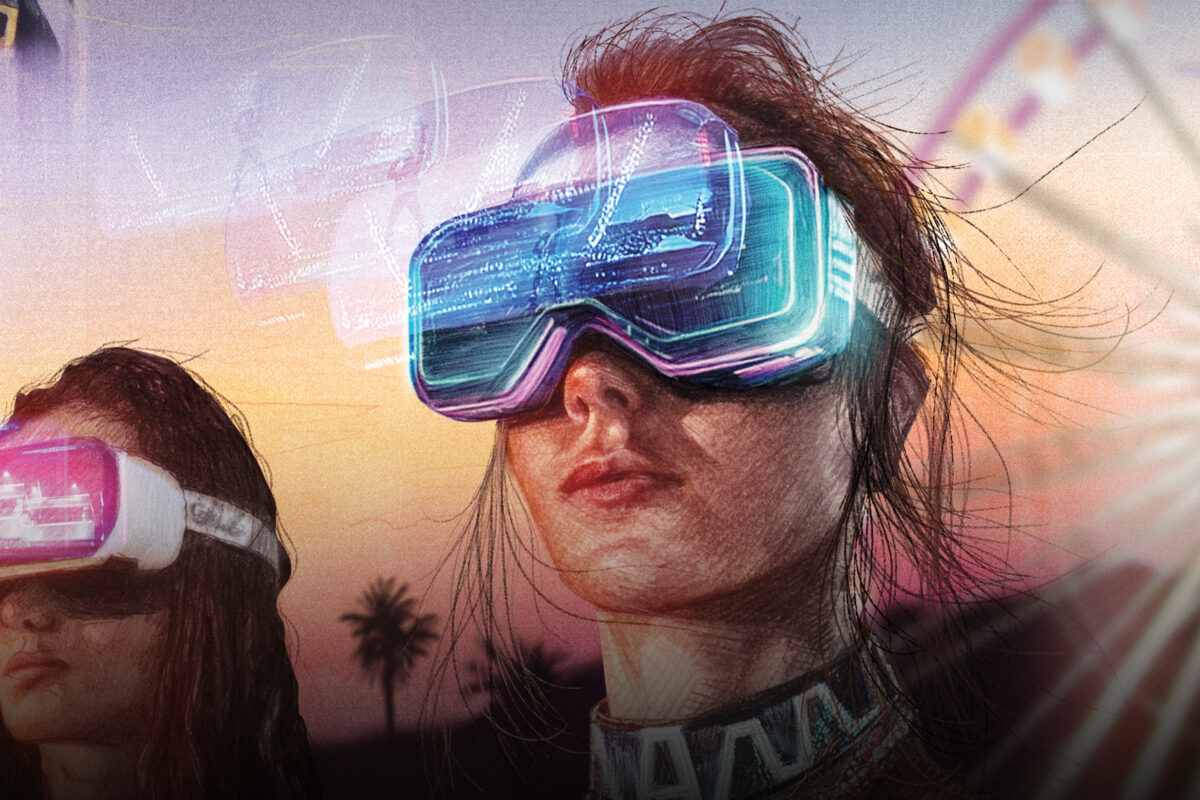A surfer meditates on a lifetime shaping boards by hand and test-riding them on California’s rolling waves
Words by MARC ANDREINI
It has been over 50 years now since I built my first complete surfboard in 1964. For me this begs the question: what has changed and what remains the same? When we are young and find something that strikes passion in us, that can set our course for the remainder of our lives. Today there are twice as many people on the earth as there was when I was born and naturally that means more people are in the water.
In this outtake from his new book, The Gift, MARC ANDREINI works at his Santa Barbara factory in 1977. “BROOKS INSTITUTE is a well-known photography school in Santa Barbara. Every student who is also a surfer wanted to do an elective photo shoot at a surfboard factory,” ANDREINI explains. “I was the fortunate recipient of many of these photos.” Photo by David Terry.
There were very few people surfing when I started but I quickly picked out my heroes and followed what they did: starting with Duke Kahanamoku, Phil Edwards, Renny Yater, Doug Haut, Mike Diffenderfer and Jeff White. I tried to follow their standard of ethics towards the lifestyle of making boards and riding them and more importantly how they handled themselves as human beings. So now must the new generations do the same and make their own path. As I developed my own way of going about our shared lifestyle, in time I started to look for ways to put something back in.
In this photo from The Gift, JOHN KITAMURA rides an ANDREINI Stubby at Jeffreys Bay in South Africa. “JOHN is riding one of my displacement hull designs at one of the world’s most famous surfing race tracks,” MARC ANDREINI shares. Photo by Paul Ferraris.
I believe that surfing is a lifestyle commitment that involves the standards set by the ancient Hawaiians, which include having respect for the ocean and for each other and sharing a spirit of aloha. Having aloha includes sharing waves, being prepared to save a life, helping others, respecting others and respecting the history of our ancestors.
I believe surfing is a lifestyle commitment set by the ancient Hawaiians that includes having respect for the ocean and for each other
The Hawaiians had a reverence for the gifts of the ocean and treated them with respect. They built their own surfboards and considered it as much a spiritual undertaking as a physical task. They knew the ocean was their source of food and fun and life. I believe in these values and have chosen to remain true to them throughout my life. Our western culture has a habit of reducing just about anything good into a commodity that can be marketed and be used to sell merchandise. This has definitely happened in our sport where surfboards are made in foreign countries and images of riding waves are used to sell a wide variety of products not related to our lifestyle. I am proud to be an American who builds products by hand for fellow surfers to get more out of their surfing experience.
In this outtake from The Gift, KIRK PUTMAN, JON SHIELDS and REYNOLDS YATER discuss designs in ANDREINI’s factory in 1977. “JON was introducing us to the first computerized curvature for the bottom of a surfboard that had ever been attempted,” ANDREINI says. Photo by David Terry.
I still shape one board at a time by hand from start to finish with care to infuse all the ingredients that will make it special for the individual I am making it for. I still look forward to each board and the challenge to get it right does not go away.
Nowadays I have settled into only making 10 different models that I have been refining and riding myself. I personally really related to the transition period from ’67 to ’73, where so many really good boards were quickly passed over and never got fully sorted out. As you have read in this book, there were only a handful of pivotal innovators who caused a leap forward in board performance. The rest of us are all just refiners of these principles that have become part of the mod- ern standard. Greenough has been quoted back in the late 60s concerning his help for the Aussies who were making shortboards based off his kneeboard: “I don’t know what they feel when they stand on their boards and I can only share ideas for them to try. It is up to them to refine and sort out what works best for themselves.”
PAUL FERRARIS’ 17-foot Greenough boat carries ANDREINI boards at The Ranch in this outtake from The Gift. MARC ANDREINI describes the area as “California’s most famous surfing and sacred territory that is on private lands only accessible by boat.” Photo by Paul Ferraris.
In this outtake from The Gift, MARC ANDREINI loads a board onto his vintage Jaguar. “Most of us older surfers grew up with cheap cars, which represented freedom from our parents,” ANDREINI says. “This gave us the ability and freedom to explore our world, looking for waves, and to live our own independent lives.” Photo by Michael Kew.
Back in the mid 70s I committed to focusing on those forgotten designs that had so much potential and today thankfully there is much acceptance and appreciation for the style of surfing these boards produce. I plan to continue on this path (whether it remains popular or not) and hope to influence young people to embrace the ethics laid out in this book.
I still say a prayer and give thanks to the Lord before each shaping session and consider myself among the most fortunate to have had a place in the sacred lifestyle we call surfing.
Excerpted from The Gift: A Collage of Stories from A California Surfboard Builder and His Community (Andreini, $40) by Marc Andreini.
The image on the cover of The Gift was taken by ANDREINI’s mother, GAYLE, on his 16th birthday, just before he (center) went surfing at Rincon with his two best friends — MARGO GODFREY (now a three-time world champion) and BILLY EDWARDS.
Feature image: In this outtake from The Gift, MATT GROTE enjoys a “secret” surf spot in Central Baja, Mexico, in 2017, carrying MARC ANDREINI’s first edge board shape. “A surfer’s ideal is best captured being on a secluded, beautiful beach with good wave possibilities and having your trusty favorite board with you,” ANDREINI says. Photo by Paul Ferraris.
July 21, 2020
Discover more CULTURE news.

